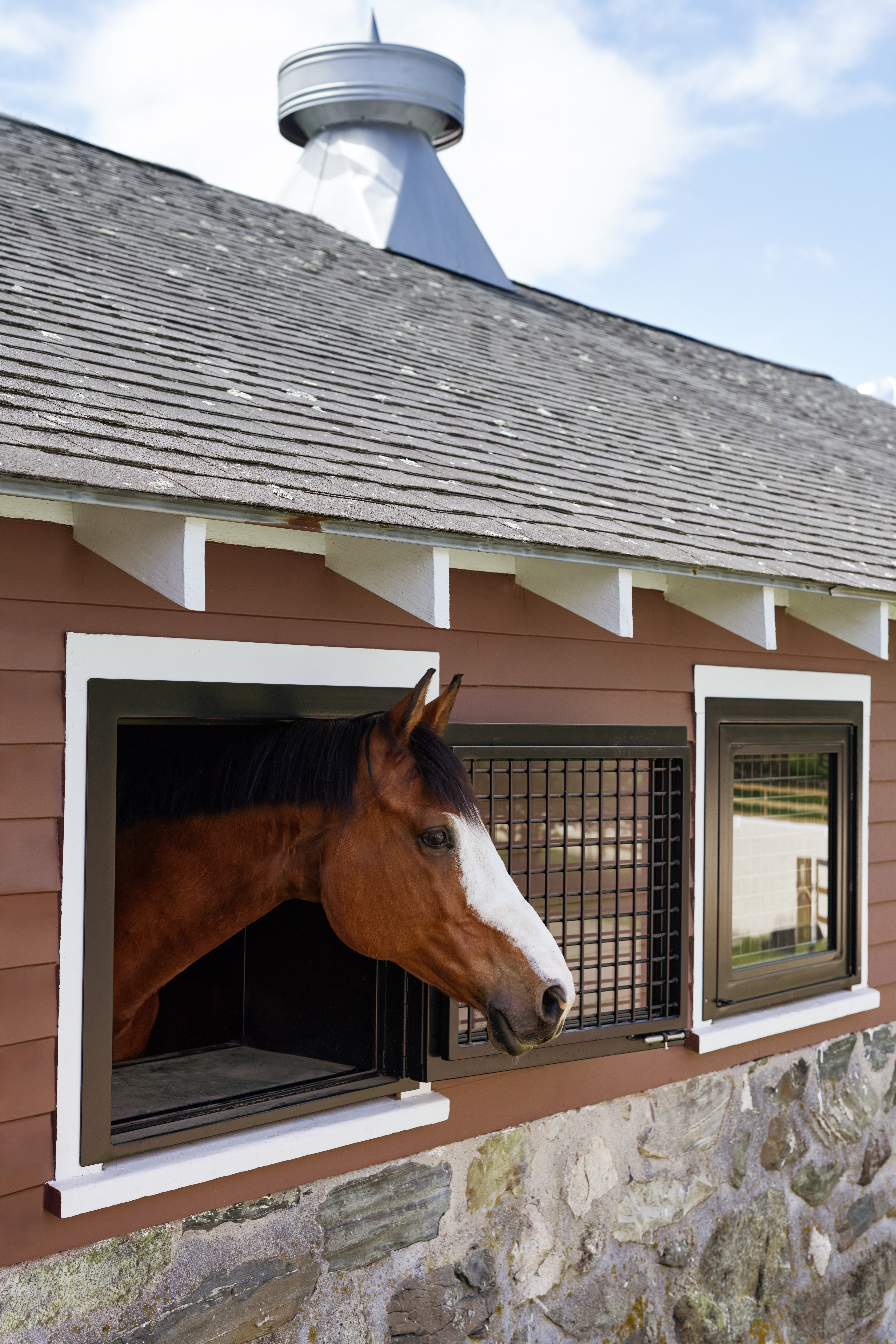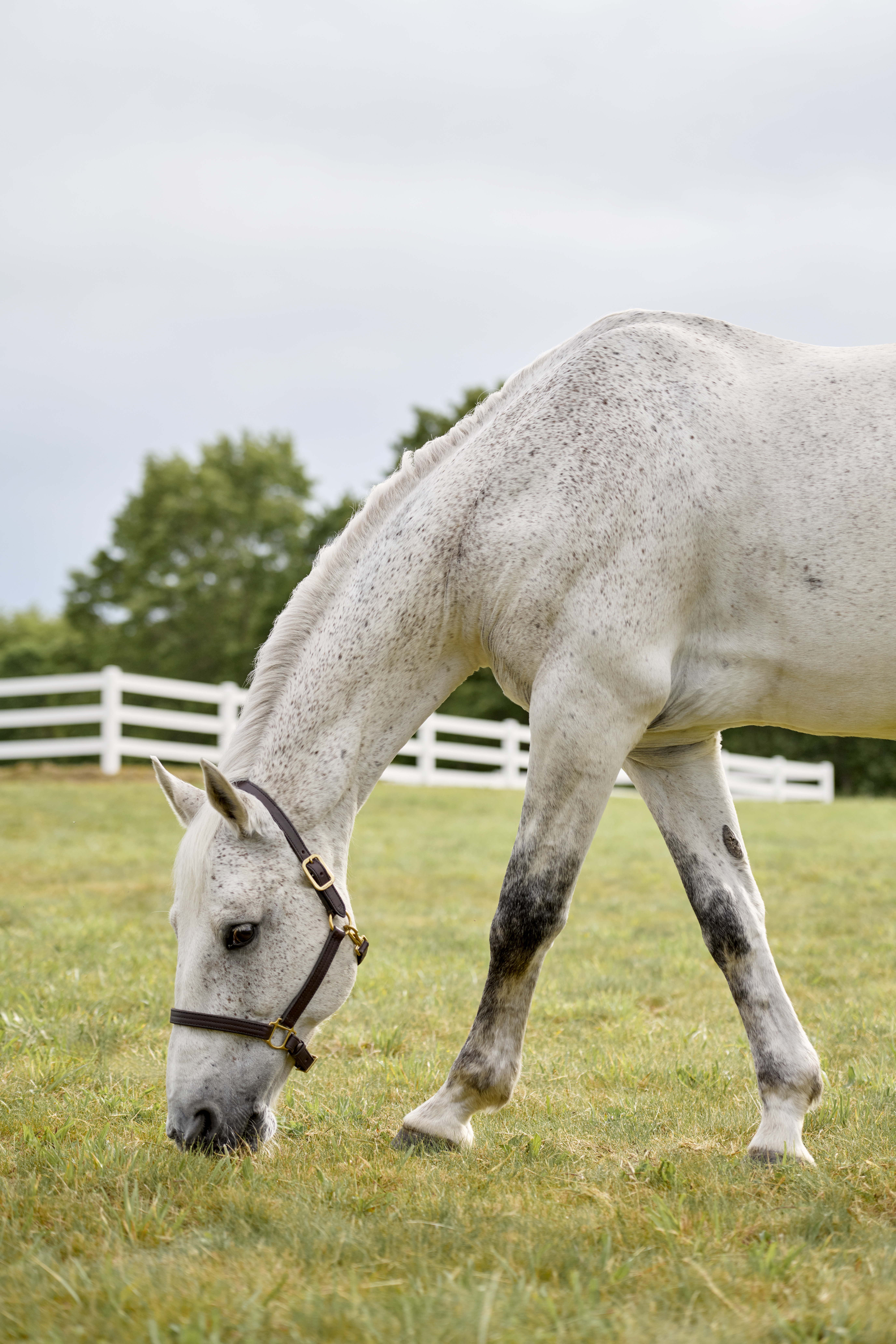Selenium for Horses - Safe Amounts & Signs of Deficiencies
By: Dr. Lydia Gray | Updated March 23, 2025 by SmartPak Equine

“I just bought my first horse and he came with a SmartPak that has a multi-vitamin, vitamin E and selenium pellets, a hoof supplement and a joint supplement in it. I moved him into a new barn when I bought him and my barn owner is worried that I am giving my horse too many supplements. She said I have to be really careful especially with how much selenium I give because of selenium toxicity. She doesn’t want to feed him his SmartPak and now I am worried that continuing on his supplements may not be the best idea. My vet didn’t seem to know too much about supplements, so I’m not really sure what to do. Should I be worried?”
– CF, Florida
Dear CF,
You’ve come to the right place! I get a LOT of selenium questions (and by “a LOT” I mean practically one a day) so I can definitely provide some background on this trace mineral as well as some feeding recommendations that should have you, your barn manager and your veterinarian sleeping like babes.
What Does Selenium Do for Horses?
As background, the body requires selenium for three main purposes:
- As an antioxidant
- For immune function
- In thyroid hormone metabolism
Signs of Selenium Deficiency in Horses
Deficiencies have been reported in 46 of 50 states, mainly because the soil across much of the US is deficient in this mineral and therefore plants grown on it, such as pasture and hays, are also deficient.
Signs of selenium deficiency in horses include:
- Weakness
- Impaired movement
- Difficulty swallowing
- Respiratory distress
- Impaired cardiac function
- Other nutritional-based muscle conditions, such as white muscle disease in foals and tying up (Exertional Rhabdomyolysis) in adult horses
Your veterinarian or county extension agent can confirm whether you live in a selenium-deficient area and therefore if your pasture or hay might be lacking in this mineral. If you really want to be exact, you could send in your hay for analysis and get back an actual number, knowing that it’s only accurate for that particular batch of hay. But unless you live in the Rocky Mountain or Great Plains region or get your hay from there, assume your horse’s forage is not providing excessive amounts of this nutrient.
Your horse is probably getting more selenium from the combination of a multi-vitamin and mineral supplement and the Smart & Simple® Vitamin E & Selenium Pellets, so absolutely add up these two amounts. Since most joint and hoof supplements do not contain selenium though, neither of these products should be adding to the total amount of this nutrient your horse is receiving from all his different feeds on a daily basis.
How Much Selenium to Feed Your Horse Per Day

The sixth edition of the National Research Council (NRC) Nutrient Requirements for Horses estimates the horse’s daily selenium requirement at 0.1 mg/kg of the total ration, which, when you do the math for an 1,100 pound horse, comes out to about 1 mg of selenium per day from all feedstuffs combined.
However, keep in mind this is the minimum level required to prevent obvious signs of deficiency such as described above. One team of researchers showed that 3 mg of selenium per day may provide benefits beyond those necessary to support life, such as improved immune status. More than 5 mg of selenium per day is probably unnecessary since there appear to be no additional benefits, but it is still well within the margin of safety.
According to the NRC, the maximum tolerable concentration of selenium in the diet is 5 mg per kg of feed, or about 50 mg per day for an average-sized adult horse. Without excessive amounts of selenium in the hay or pasture though, this level would be very hard to reach even if you fed your horse several selenium-enriched grain and supplements.